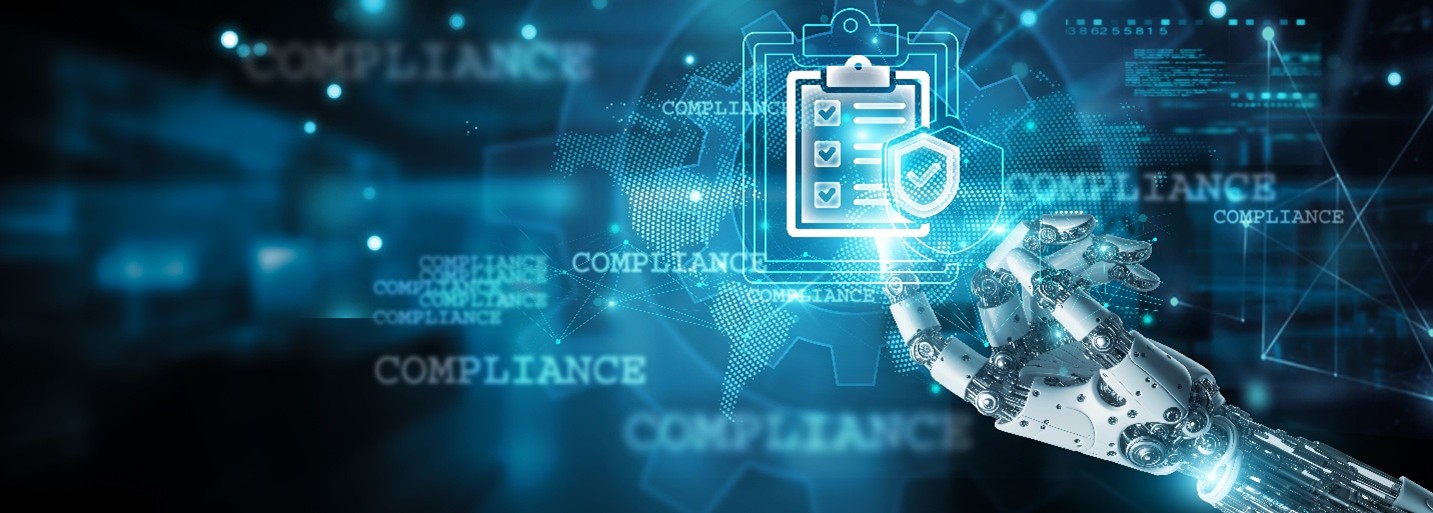
Artificial Intelligence (AI) is ushering in a new era of operational oversight across virtually every industry. From regulatory compliance and internal auditing to enterprise risk management and corporate governance, AI is no longer a futuristic buzzword—it’s a present-day strategic imperative. As organizations grapple with increasing complexity, data overload, and evolving threats, AI offers powerful tools to enhance decision-making, automate workflows, and strengthen integrity.
Chris Surdak of CA explores how AI is reshaping governance and oversight practices, detailing the technologies involved, their benefits, and the long-term implications for businesses and institutions.
Today’s organizations face an ever-expanding web of obligations: regulatory compliance, ethical accountability, environmental and social responsibility, cyber risk mitigation, and financial transparency. Each of these areas demands robust frameworks, accurate data, and real-time responsiveness. Traditionally, governance and oversight have relied on manual audits, static policies, and siloed data—an approach increasingly ill-suited for the pace and scale of modern operations.
AI technologies—particularly machine learning (ML), natural language processing (NLP), robotic process automation (RPA), and predictive analytics—are providing a new foundation for dynamic, scalable oversight. Rather than replacing human professionals, these tools enhance their capabilities, enabling faster detection, smarter decisions, and continuous adaptation.
Chris Surdak of CA understands that one of the most immediate impacts of AI has been in compliance management. Regulatory landscapes are constantly evolving, and businesses must stay up-to-date with laws, standards, and internal codes of conduct.
1. Automated Monitoring and Red Flag Detection
AI excels at ingesting and analyzing enormous volumes of data across systems—transactions, documents, communications, and logs. Compliance platforms equipped with AI can continuously monitor this data to detect anomalies or violations. Suspicious behaviors, outlier transactions, or deviations from policy can be flagged in real time, allowing for early intervention.
2. Smart Policy Interpretation
Using NLP, AI systems can digest complex regulatory texts or internal policies and match them against existing procedures and behaviors. This capability streamlines policy audits, helps ensure alignment with external rules, and reduces human error in interpretation.
AI can also alert organizations to regulatory changes, analyze their potential impact, and even suggest updates to internal processes or documentation.
Auditing has traditionally been periodic, retrospective, and sample-based. With AI, audits are becoming real-time, data-driven, and far more comprehensive.
1. Continuous and Autonomous Auditing
AI enables continuous auditing by monitoring transactions and activities on an ongoing basis. Whether in finance, supply chain, or IT systems, deviations from historical norms or predefined rules can be detected automatically. This real-time feedback reduces risks, shortens correction cycles, and improves audit quality.
2. Advanced Anomaly Detection
By analyzing historical audit findings and system behavior, AI can assign risk scores to various data points, prioritizing high-risk areas for further human review. This targeted approach increases audit efficiency and enhances oversight precision.
Risk management is inherently forward-looking—and that’s where AI shines. By analyzing patterns and predicting future outcomes, AI empowers organizations to adopt a more proactive and resilient stance.
1. Predictive Risk Models
AI can digest both internal metrics (e.g., financial indicators, HR data) and external signals (e.g., economic trends, geopolitical events, social media sentiment) to forecast risks. These models can help organizations anticipate supplier failures, identify emerging cybersecurity threats, or evaluate credit and market risk with greater precision.
2. Simulations and Scenario Planning
AI tools can simulate complex “what-if” scenarios—cyber breaches, market crashes, natural disasters—and model their impacts. These simulations help leaders stress-test contingency plans and ensure business continuity strategies are based on robust foresight.
At the executive and board level, governance is evolving from reactive oversight to real-time strategic navigation. AI plays a role in strengthening transparency, ethical accountability, and data governance.
1. Data Governance and Integrity
As organizations become more data-reliant, maintaining data quality, security, and compliance is vital. AI tools help classify data, enforce access controls, and track usage—ensuring that governance policies are consistently applied and auditable.
2. Ethical Oversight and Bias Detection
Boards and executive leaders are increasingly responsible for ensuring ethical AI use and algorithmic fairness. Paradoxically, AI can help monitor other AI systems. Explainable AI (XAI) and fairness auditing tools allow organizations to assess how automated decisions are made and mitigate bias.
The rise of AI in compliance and risk management has spurred the growth of a vibrant tech ecosystem. Companies now have access to specialized platforms for various functions:
These tools often integrate with core enterprise systems, reducing friction and maximizing value.
Despite the promise, Chris Surdak of CA explains that AI implementation in oversight roles comes with significant hurdles:
1. Data Privacy and Ethical Use
AI systems require access to sensitive, often personal, data. Ensuring ethical use, respecting privacy, and maintaining trust is a key concern. Organizations must establish clear governance for AI models, including data handling protocols and human-in-the-loop processes.
2. Explainability and Transparency
Many AI models—especially deep learning systems—are not easily interpretable. In high-stakes contexts like compliance or governance, this lack of transparency can be unacceptable. Christopher Surdak CA explains that regulatory bodies are also beginning to mandate explainability for algorithmic decisions, making model documentation and traceability essential.
3. Human Oversight and Change Management
AI tools are only as good as the people guiding them. Implementing AI for oversight requires upskilling teams, realigning processes, and ensuring that human judgment remains central. Change management is as important as technology deployment.
AI is not just a technological upgrade—it’s a foundational shift in how organizations manage compliance, audit risks, and uphold governance. With its ability to scale oversight, adapt to change, and deliver deeper insights, AI enables organizations to be more agile, resilient, and accountable.
However, the path forward must be navigated thoughtfully. Leaders need to balance automation with human expertise, innovation with ethics, and speed with scrutiny. Done right, AI can become a trusted ally in the pursuit of integrity, transparency, and sustainable success. As industries continue to evolve, one thing is clear: the future of oversight is not only digital—it’s intelligent.